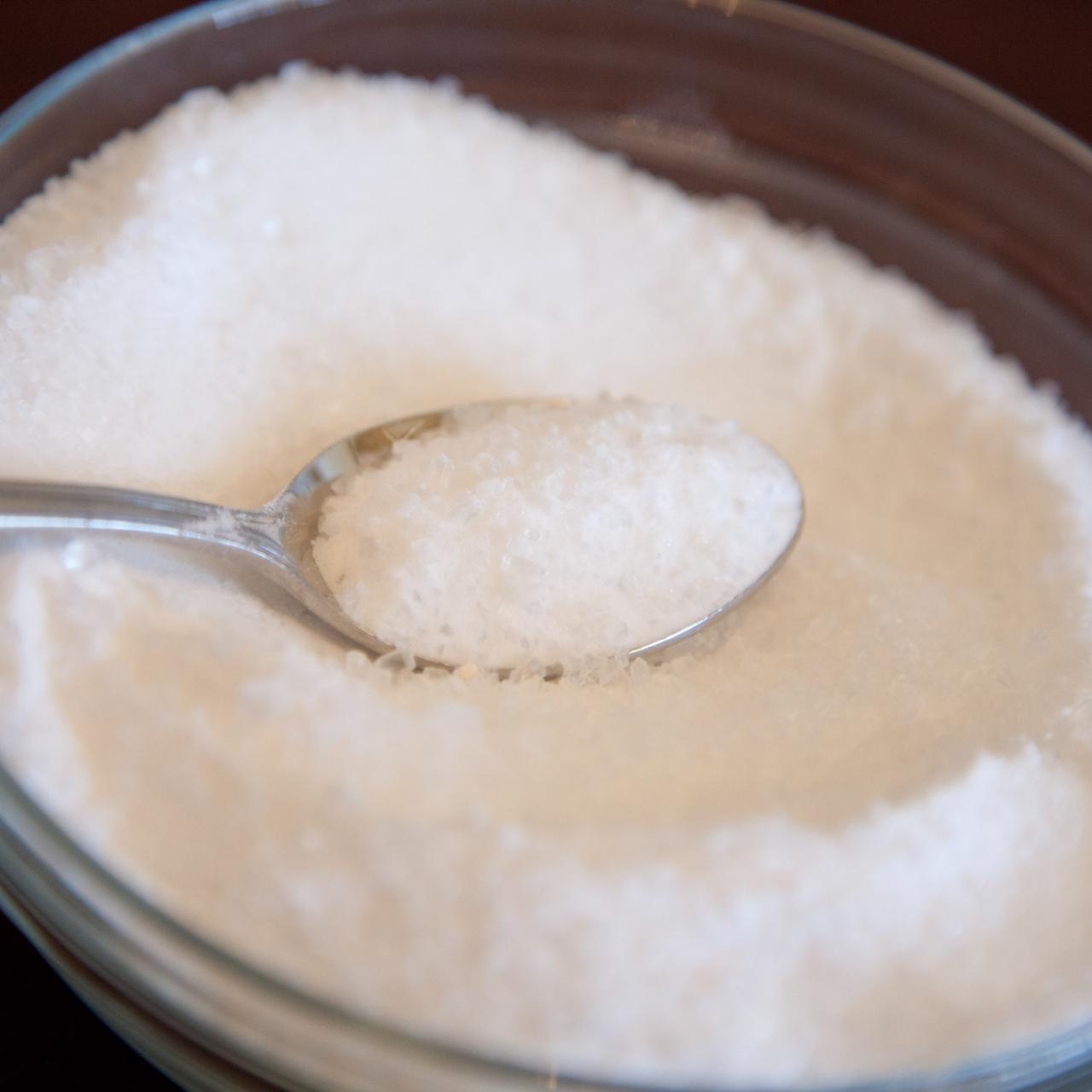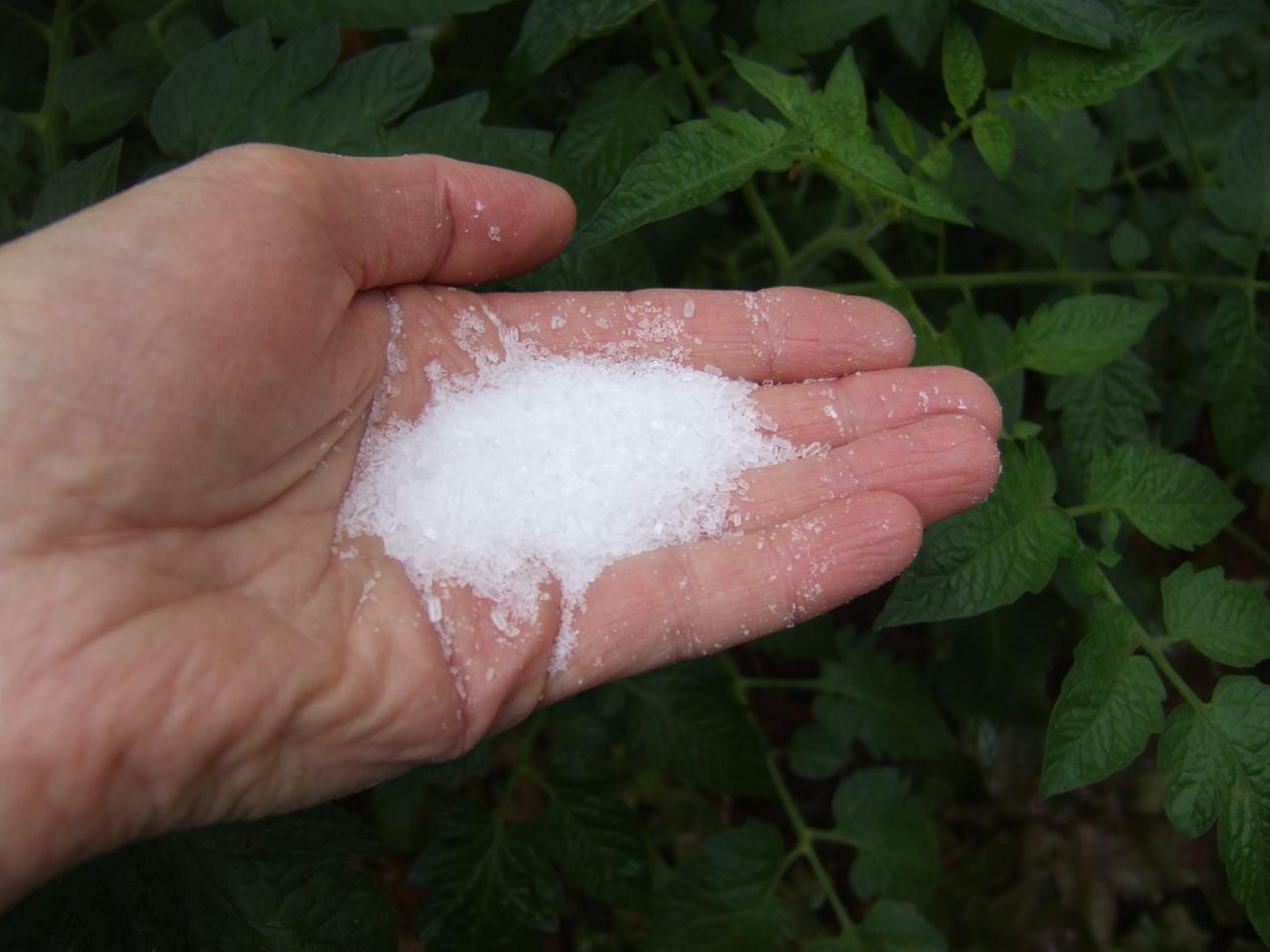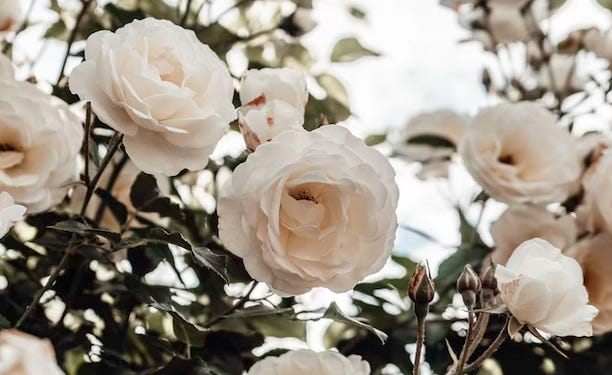Learn Concerning the Particular Plants That Are Negatively Impacted by Epsom Salt Application
Epsom salt, a popular family remedy for different horticulture woes, is commonly commended for its useful results on plant growth. However, not all plants respond positively to its application. Recognizing the details plants that can be adversely affected by Epsom salt is vital for any gardener seeking to optimize their plant treatment routine. Roses, tomatoes, rhododendrons, peppers, and azaleas are simply a couple of examples of plants that may not respond well to Epsom salt. The reasons behind these negative effects and exactly how to alleviate them are crucial expertise for keeping a flourishing yard.
Roses

Roses, especially sensitive to changes in their setting, can be adversely affected by the application of Epsom salt. While Epsom salt is generally made use of as a plant food to advertise plant growth and boost blooming, roses are just one of the plants that do not respond well to its application. The high magnesium content in Epsom salt can disrupt the uptake of other necessary nutrients by the rose plants, leading to deficiencies that manifest as yellowing fallen leaves or stunted growth.

Tomatoes
While Epsom salt is frequently proclaimed as a remedy for various plant concerns, consisting of bloom end rot in tomatoes, its application can lead to harmful end results if not used deliberately. Too much Epsom salt, which is magnesium sulfate, can interfere with the fragile nutrient equilibrium required by tomatoes, possibly leading to shortages in various other crucial nutrients like calcium. When thinking about the use of Epsom salt on tomatoes, it is critical to stick to recommended application prices and dirt testing to prevent unplanned effects on the total wellness and performance of these cherished yard plants.
Peppers
Peppers, prized for their different colors and levels of spiciness, can show vulnerability to negative influences from Epsom salt when not applied with care and consideration for their details dietary needs. what plants don't like epsom salt. Peppers, coming from the Solanaceae family, require a delicate equilibrium of nutrients to thrive. While Epsom salt is recognized to increase magnesium degrees in plants, too much application can interrupt this equilibrium, bring about negative effects on pepper plants
When peppers are subjected to high levels of magnesium from Epsom salt, it can disrupt the plant's capacity to take in various other vital nutrients like calcium and potassium. This inequality may show up in signs such as fallen leave discoloration, stunted development, and reduced fruit production. Additionally, the extreme magnesium can alter the soil pH, more intensifying nutrient uptake concerns for peppers.

Rhododendrons
Provided the sensitivity of particular plant types to inequalities caused by Epsom salt, it is vital to consider the effect on Rhododendrons, which click this site likewise call for details nutrient degrees to flourish. Rhododendrons are acid-loving plants that prefer acidic soil conditions with a pH range between 4.5 and 6.0. Epsom salt, chemically referred to as magnesium sulfate, can change the dirt pH and disrupt the delicate balance of nutrients vital for Rhododendron health and wellness.

To maintain the optimum development and health and wellness of Rhododendrons, it is essential to avoid the unplanned use of Epsom salt and instead concentrate on supplying the particular acidic dirt problems and nutrients that these plants need for flourishing.
Azaleas
Azaleas, known for their vivid blooms and wide variety of shades, are decorative hedges that belong to the Rhododendron genus. These popular flowering plants are often found in landscapes, gardens, and parks because of their this content beauty and convenience. Azaleas are sensitive to adjustments in soil pH degrees, which can substantially impact their development and overall wellness. While Epsom salt is frequently utilized as a remedy for magnesium deficiency in plants, its application to azaleas can have adverse impacts.
Azaleas like somewhat acidic dirt problems, and an excess of magnesium from Epsom salt can interrupt this equilibrium, leading to nutrient inequalities and possible poisoning concerns. The wrong application of Epsom salt can result in stunted growth, yellowing of fallen leaves, and overall decline in the health and wellness of azaleas.
Final Thought
Finally, it is crucial to be familiar with the particular plants that can be detrimentally impacted by the application of Epsom salt. Roses, tomatoes, azaleas, rhododendrons, and peppers are some examples of plants that might not gain from Epsom salt and could also suffer damage. It is crucial to research study and recognize the needs of each plant varieties before making use of Epsom salt as a fertilizer to guarantee their health and wellness.
Recognizing the specific plants that can be negatively impacted by Epsom salt is essential for any type of garden enthusiast looking to optimize their plant care regimen. While Epsom salt is generally used as a plant food to promote plant growth and improve blooming, roses are one of the plants that do not react well to its application.Excessive use of Epsom salt can likewise result in an accumulation of salts in the soil, leading to root damage and dehydration of the rose plants. While Epsom salt is understood to enhance magnesium degrees in plants, excessive application can disrupt this balance, leading to negative effects on pepper plants.
The high salt content in Epsom salt can likewise dehydrate Rhododendron origins, triggering more stress and anxiety and damage to the plant. (what plants don't like epsom salt)